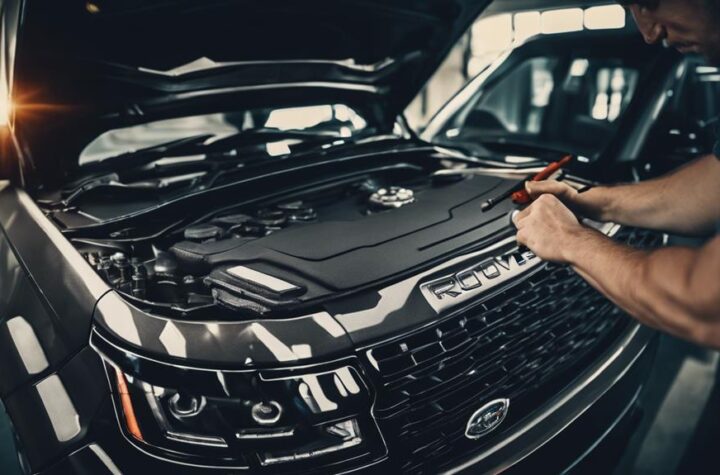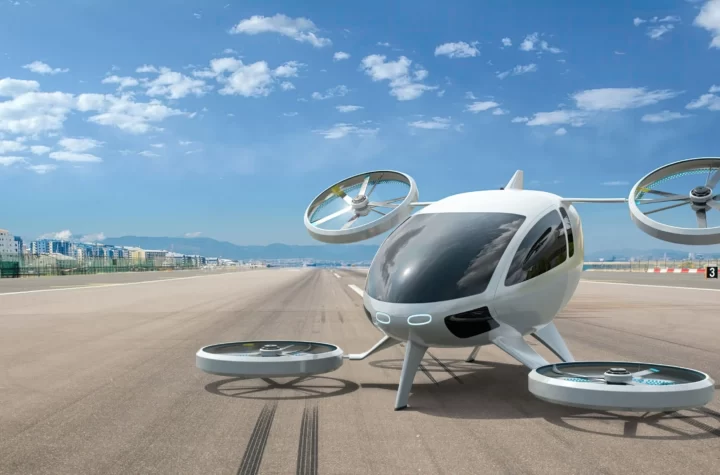 | According to Motorola, 89.2 percent of all telematics communication units sold use Motorola Microprocessors. Automotive Industries sat down with John Hansen, director of marketing, digital, audio, radio and telematics (DART), Motorola Semiconductor Product Sector and Bill Fleck, business development manager for DART in Motorola’s Transportation & Standard Products Group to discuss trends in telematics, challenges that face this ever evolving technology and what lies ahead for telematics in the automobile. |  |
John Hansen | Bill Fleck |
Q. What do you see as the driving factors of telematics within the automobile industry?
Hansen: Safety is one of the major drivers for telematics. This primarily comes in the form of automatic crash notification, but from another safety standpoint, the more the car can communicate to the driver, the safer the car is. If there is a problem with the vehicle itself, it’s much more important for the vehicle to communicate a specific problem so the driver can be alerted to the severity of the situation – a loose gas cap compared to an overheating engine for example. A telematics communication between the vehicle and driver can be much more effective and efficient than just a red check engine light.
Q. What trends do you see in telematics?
Hansen: The number one trend right now is that the subscriber base theory business model that says people will pay X dollars per month for their telematics systems has not been panning out. It has not been the big winner that people were looking at.
Today, what looks to be coming in as the moneymaker in telematics is less expensive units that will enable enough minimal customer features to basically create customer relation management between the car makers and the users. There are two ways that that gets accomplished. One is cheaper modules. If you look at the price of the module – what it costs to stick a telematics unit into the car – that price has been going down dramatically.
Another trend coming into play within the car is the integration of multiple functions, like the seat adjust and the mirror adjust and the AC and the entertainment systems and the telematics, into one single units.
Fleck: Combining functions into one module helps alleviate space issues as well. But while that helps alleviate the real estate issues, it also creates a lot of problems for designers and the semiconductor manufacturers in that you are putting a lot more circuitry into a much denser space with less ventilation. It raises all kinds of issues as far as selecting parts that can function in a hostile environment in very close conditions.
Q. Does driver distraction come into play as you find new applications for this evolving technology?
Hansen: There is always a trade off between how much you assist the driver and how much you provide new distractions. There are model opportunities where we can say we are only going to allow certain functionalities in certain conditions. For example, when you are stopped at a light, it will read your e-mail to you, but when you are driving it won’t. Motorola has an ongoing study group that examines the overall driver experience and is gauging these things and looks at what happens when you start combining technologies. Technology can actually be both good and bad. It’s how it is deployed. A lot of it has to be left up to the driver and the driver exercising their number one responsibility, to drive the automotive.
Q. What is next for telematics?
Fleck: An interesting technology that is creeping into the vehicle is camera-based detection beams. Outside the vehicle, it could be for such things as collision avoidance and lane departure. In the vehicle it can provide an occupant sketch to very closely analyze the occupants body position on a car seat during a crash so that the system can carefully control the deployment of the airbag. That’s going to require a lot of fast processing power, moving data very quickly and being able to communication that to the classic telematics control unit functions in the rest of the vehicle components.
I think you’ll see some interesting bleeding over of technologies between camerabased systems, hands-free phone module systems, entertainment systems and telematics control systems.
Hansen: You are going to see the car get smarter and smarter. Five or ten years from now, we are going to look back at today’s cars the same way we look at a 1950s car today – no intermittent wipers, only an AM radio, the windows are hand cranked, headlights don’t turn off automatically. With a telematics system, the car is there for you. It’s going to know how to adjust the seat for you and what kind of music you like. It might even tune the radio to the station you want. It might even be able to schedule its own time to go in for an oil change. You are going to wonder ‘how did we ever deal with this car before?’ Ten years from now we are going to look at automobiles and take for granted a lot of what they are going to be able to do for us.














































 Asia Report
Asia Report


